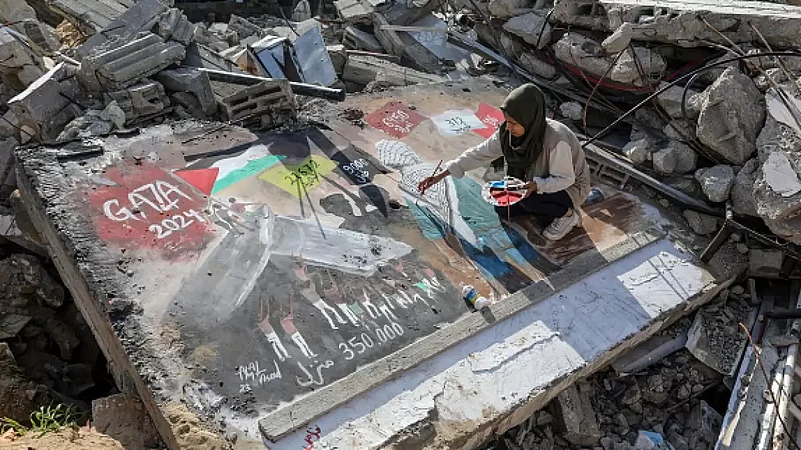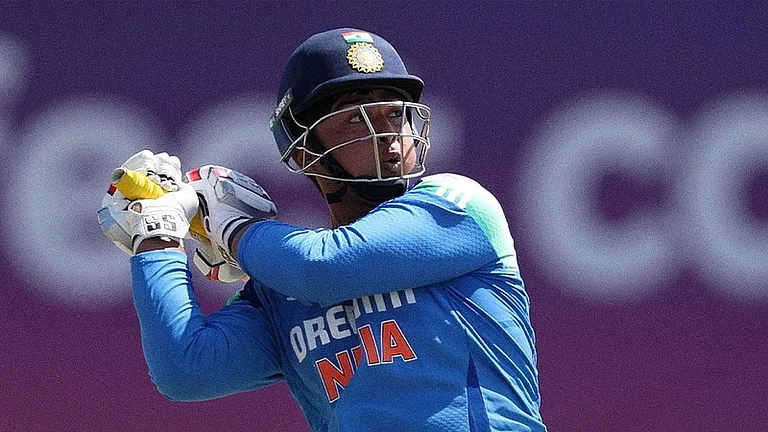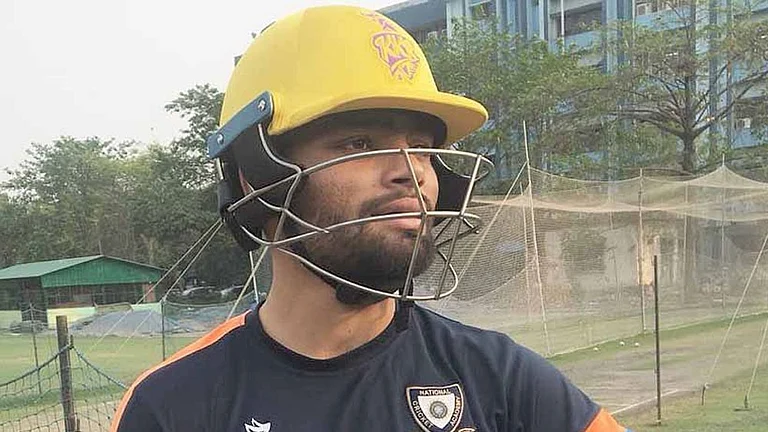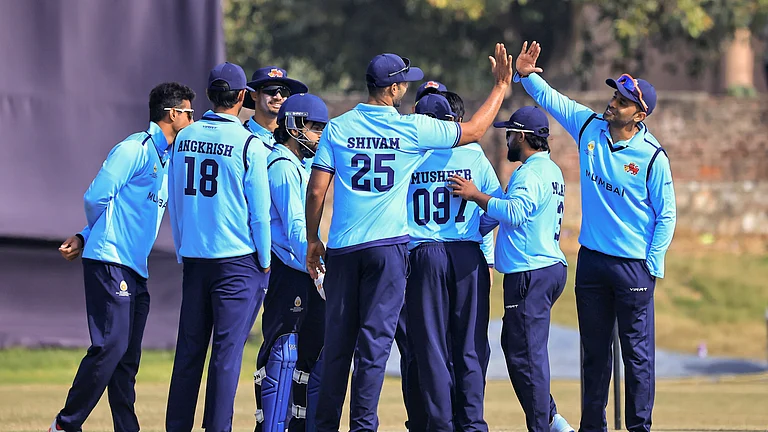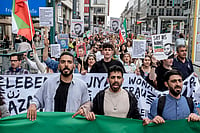"A dancer in Gaza is always at the risk of arrest…,” says 22-year-old Rahman, a performance artist in Bethlehem. This is true more than ever today in Gaza, which has been under attack from Israeli armed forces since October 7. While Palestinian civil society including artists is used to the risk of Israeli backlash, the months after the Hamas attack in Israel followed by the escalation of violence in Gaza has seen an intense crackdown on Palestinian civil society, especially artists who have been facing detention, arrests, harassment and violence for raising their voice in support of Palestine and standing up against what many have dubbed a “genocide” in Gaza.
Rahman, a dabke dancer from West Bank, and many like him, have to wade through an oppressive milieu of armed checkpoints and hostile forces everyday, and live a life of secrecy, just to continue practicing their art. It’s risky but for Rahman, it’s important because for him and a majority of Palestinians, art is a means of protest. He says that art has always been a vital element of the Palestinian resistance movement and an instrument to reaffirm political existence by way of preserving the cultural identity of the nation. Performance art forms like traditional dances, can also be a means to bypass oppressive censorship and surveillance and take the message of Palestinians to the masses across the world.
But such work comes with a heavy price for the artists themselves who often have to risk their own lives to continue their art. Since October 7, multiple Palestinian artists across the world have faced censure, or have been suspended from their employment, for taking a stand on Gaza and interpreting the ongoing violence and bloodshed in creative ways.
Artists posting pro-Palestinian works on social media have alleged facing “shadow bans” being implemented by the platforms to silence Palestinian voices and calls for ceasefire. Dozens of Arab citizens of Israel have been arrested in connection with social media posts about the war in Gaza. Among them is a well-known singer and influencer from Nazareth, Dalal Abu Amneh, who is known to talk about Palestinian heritage through her songs, was held in police custody for two days before being released on bail. Palestinian artists like Berlin-based Jumana Manna, artistic director Ahmed Tobasi, and producer Mustafa Sheta have also faced detainment and harassment, among others.
Internationally renowned artists like Chinese contemporary artists Ai Weiwei, South African artist Candice Breitz, curator Anaïs Duplan, have faced consequences like show cancellations and social media trolling following their vocal support for Palestine.
In November, over 1300 artists including visual artists, actors, filmmakers, writers, musicians and performers wrote an open letter accusing Western media and institutions of “silencing and stigmatising” Palestinians voices and perspectives.
In another incident deemed as “cultural genocide,” Israel sparked widespread criticism after raiding the Freedom Theatre, a community theatre based in the Jenin refugee camp in the occupied West Bank, detaining three of its artists and brutally beating them later, according to reports.
Many in Palestine and the besieged Gaza feel that the crackdown on artists is not just to control dissent and information blackout in Gaza but also an attempt, aided by Western powers, to completely erase Palestinian cultural identity. It a way to dehumanise Palestinians.
The Palestinian fighting spirit nevertheless remains strong as can be seen in the ever-mounting body of resistance art. Even amid internet shutdowns, airstrikes, bombings, and constant rubbles restricting their movements, Palestinian artists like Rahman have not given up and continued to find creative and ingenious ways to artistically translate and showcase the historical suffering of Palestinians.
From graffiti to skateboarding, traditional music, embroidery styles like Tattreez, dance forms like Dabke, or Palestinian food recipes, Palestinian artists have found their way to connect and share experiences and ensure that their culture and identity are not erased. In its anniversary issue, Outlook brings together testimonials from Palestinian artists who continue to showcase the realities of war and life in the world’s “greatest open air prison”.






